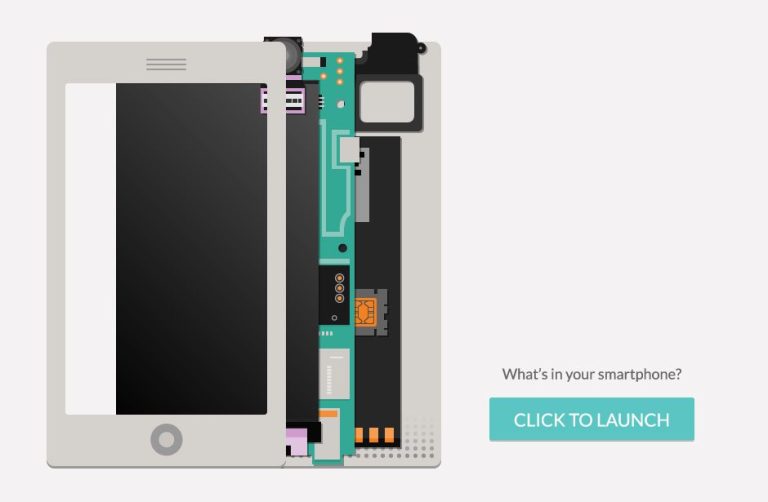Sustainability reporting is no longer a formal account of how a company performs in the environmental area. Today, it is a powerful tool for engaging and inspiring various stakeholders. But it takes creativity and a well-thought-out communication strategy for the sustainability report to really ‘live’ and reach people far and wide. Here are some important aspects to consider in order to create an engaging sustainability report:
1. Storytelling in a narrative format.
Storytelling works! A narrative format makes the sustainability report come alive and engages the reader. Use personal stories and concrete examples to show the human side of your sustainability work. Tell stories about how the sustainability measures you have taken are helping people and communities.
2. A dedicated website.
Build a dedicated content hub or a microsite to complement the printed hard copy of your sustainability report. Having an interactive platform allows different audiences to explore different parts of your report at their own pace and delve into the areas that are most relevant to them.
3. Multimedia content.
Integrate different forms of media, such as video, interactive graphics and podcasts, to bring your report to life. For example, short films can feature specific projects or interviews with key people. Interactive elements such as gamification can also create a more engaging reading experience. Examples here could be clickable maps showing global initiatives, interactive timelines highlighting progress over time or even a quiz.
4. Visual elements and design.
Whether it is being printed or published online, we know that a visually appealing report grabs the reader’s attention and makes it easier to understand complex information. It’s therefore a good idea to use infographics, charts and images strategically to support the text. Make sure the design is modern and appealing, with a clear layout that facilitates reading.
5. Engagement in digital channels.
There is plenty to do here. Start by mapping out where your stakeholders are and develop a distribution strategy that covers everything from paid campaigns on social channels to newsletters and keyword marketing. Live webinars and Q&A sessions can also be used to discuss the report’s content and obtain direct feedback from stakeholders.
6. Measure and follow up.
It’s really important to work actively to measure data and follow up audience engagement. Share short clips, key findings and graphics to create attention. Feel free to engage in dialogue with the users yourself. This will help you keep your audience engaged and prolong the ‘shelf-life’ of your report.
7. Transparency and honesty.
We’ve saved the most important thing for last: honesty. Because even if your report has become engaging, it must not lose its credibility. Therefore, be transparent about both your successes and challenges. This builds trust and shows that the company is committed to genuine improvement in its sustainability work.


